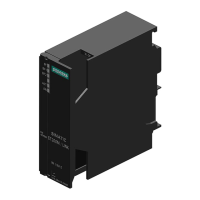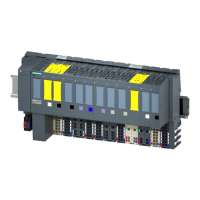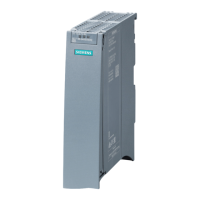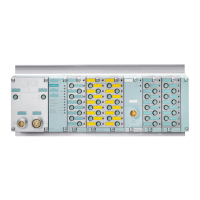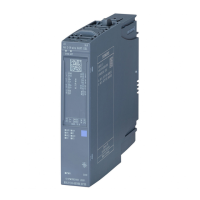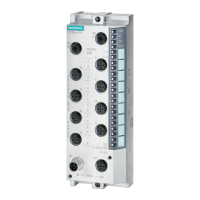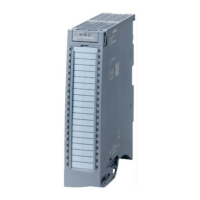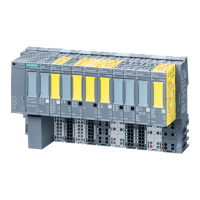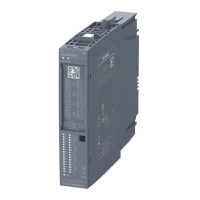Glossary
Communication
250 Function Manual, 12/2017, A5E03735815-AF
Binary number that is used as a unique address in computer networks in conjunction with the
Internet Protocol (IP). It makes these devices uniquely addressable and individually
accessible. An IPv4 address can be evaluated using a binary subnet mask that results in a
network part or a host part as a structure. The textual representation of an IPv4 address
consists, for example, of 4 decimal numbers with the value range 0 to 255. The decimal
numbers are separated by periods.
Binary mask, with which an IPv4 address (as a binary number) is divided into a "network
part" and a "host part".
Communications protocol for message or packet-oriented transfer of data in an Ethernet
network. This protocol is hardware-oriented, very fast and allows dynamic data lengths. The
ISO protocol is suitable for medium to large volumes of data.
Communications protocol capable of S7 routing for packet-oriented transfer of data in an
Ethernet network; provides network addressing. The ISO-on-TCP protocol is suitable for
medium and large volumes of data and allows dynamic data lengths.
Network topology characterized by the arrangement of the devices in a line (bus).
Worldwide unique device identification for all Ethernet devices. The MAC address is
assigned by the manufacturer and has a 3-byte vendor ID and 3-byte device ID as a
consecutive number.
Higher-level, active participant in the communication/on a PROFIBUS subnet. The master
has rights to access the bus (token), requests data and sends it.
→
See also DP master
emote
erminal
nit; Open communications protocol for serial interfaces based on a
master/slave architecture.
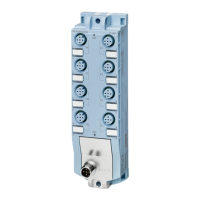
